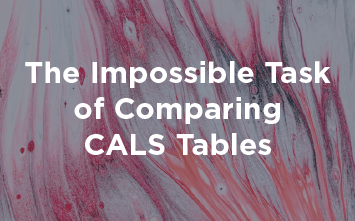Papers, guides and ebooks
Welcome to our library of papers, guides, and ebooks – your resource for learning more about DeltaXML’s technology and how it can transform data and document management. From technical guides to industry insights, these materials are here to help you get the most out of structured comparison and merging.


































